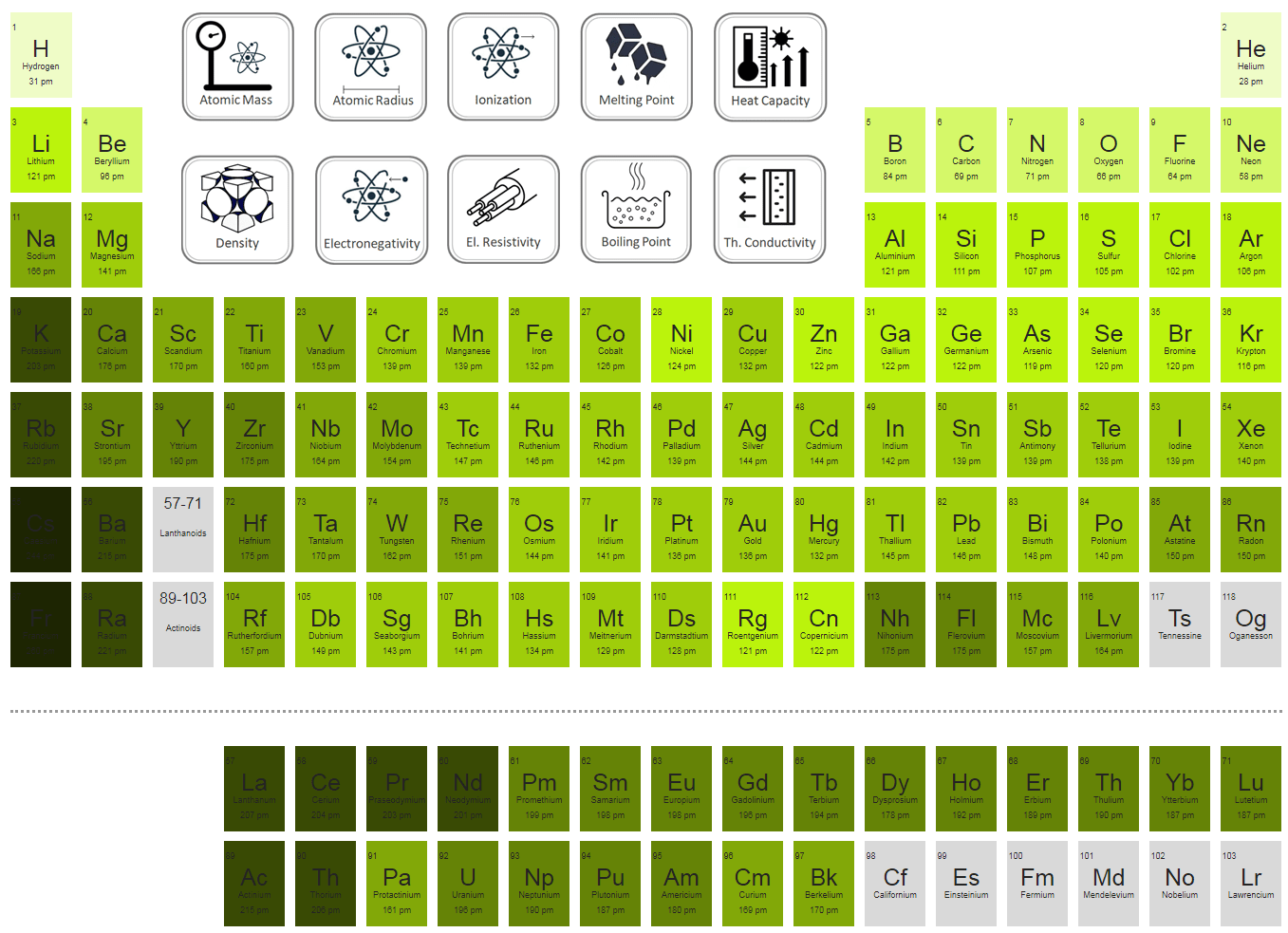

Bonds in these elements often lead to hybridisation where distinct s and p characters of the orbitals are erased. These elements, especially carbon and silicon, have a strong propensity for covalent bonding, which usually brings the outer shell to eight electrons. An isolated, neutral group 14 atom has the s 2 p 2 configuration in the ground state. Like other groups, the members of this family show patterns in electron configuration, especially in the outermost shells, resulting in trends in chemical behavior:Įach of the elements in this group has 4 electrons in its outer shell. They are also known as the crystallogens or adamantogens. The group is also known as the tetrels (from the Greek word tetra, which means four), stemming from the Roman numeral IV in the group names, or (not coincidentally) from the fact that these elements have four valence electrons (see below). In the field of semiconductor physics, it is still universally called group IV. In modern IUPAC notation, it is called group 14. Purcell, Chemistry and Chemical Reactivity, 2nd ed., 1991.The carbon group is a periodic table group consisting of carbon (C), silicon (Si), germanium (Ge), tin (Sn), lead (Pb), and flerovium (Fl). Table 2.1.3: Properties of Selected Isotopes Element (Note: we will discuss the derivation of the atomic mass in the next section). The properties of some common isotopes are in Table 2.1.3. Many elements other than carbon have more than one stable isotope tin, for example, has 10 isotopes.

The nucleus of 14C is not stable, however, but undergoes a slow radioactive decay that is the basis of the carbon-14 dating technique used in archeology. In addition to 12C, a typical sample of carbon contains 1.11% 13C, with 7 neutrons and 6 protons, and a trace 14C, with 8 neutrons and 6 protons. Consequently, it is more often written as 12C, which is read as “carbon-12.” Nevertheless, the value of Z is commonly included in the notation for nuclear reactions because these reactions involve changes in Z.įigure 2.12: Formalism used for identifying specific nuclide (any particular kind of nucleus)Īlthough carbon-12 is the most abundant type of isotope in carbon, it is not the only isotope. The subscript indicating the atomic number is actually redundant because the atomic symbol already uniquely specifies Z. The isotope of carbon that has 6 neutrons is therefore 12 6C.

An isotope of any element can be uniquely represented as A ZX, where X is the atomic symbol of the element, A is the mass number and Z is the atomic number. In a typical sample of carbon-containing material, 98.89% of the carbon atoms also contain 6 neutrons, so each has a mass number of 12. The element carbon (C) has an atomic number of 6, which means that all neutral carbon atoms contain 6 protons and 6 electrons. Mass Number(A) = Number of Protons + Number of Neutrons Because different isotopes of the same element haves different number of neutrons, each of these isotopes will have a different mass number(A), which is the sum of the number of protons and the number of neutrons in the nucleus of an atom. All isotopes of an element have the same number of protons and electrons, which means they exhibit the same chemistry. Atoms that have the same number of protons, and hence the same atomic number, but different numbers of neutrons are called isotopes. Unlike protons, the number of neutrons is not absolutely fixed for most elements.

Recall that the nuclei of most atoms contain neutrons as well as protons. Hence, the atomic number defines the element in question. If you change the atomic number to 12, you are no longer dealing with sodium atoms, but magnesium atoms. That means that all sodium atoms have 11 protons. For example, the atomic number (z) for sodium (Na) is 11. The symbol for the atomic number is designated with the letter Z. This number is known as the atomic number, which identifies the number of protons in the nucleus of ALL atoms in a given element. When you study the periodic table, the first thing that you may notice is the number that lies above the symbol.


 0 kommentar(er)
0 kommentar(er)
